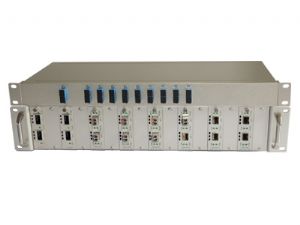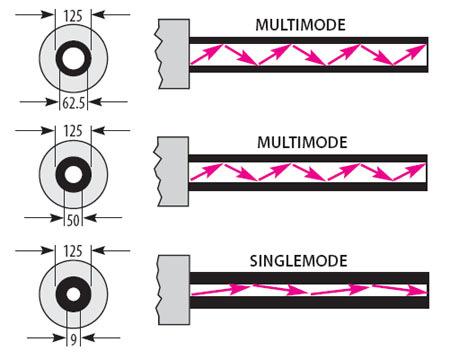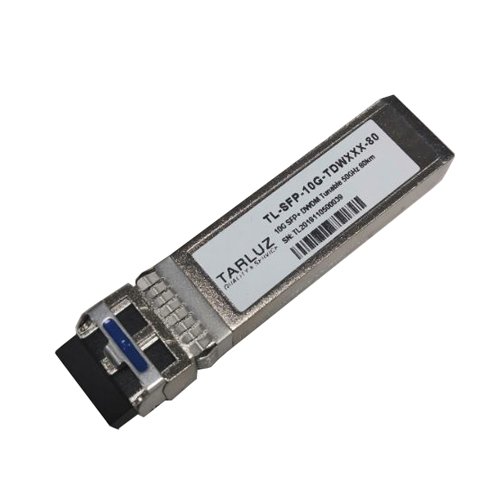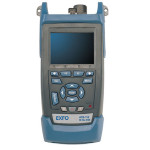WDM technology can be divided into WDM, CWDM, and DWDM according to different wavelength modes. The wavelength range defined by ITU-T, The CWDM range is 1271 to 1611nm based on ITU-T G 684.2. Considering the fiber attenuation of the 1270-1470nm band in the application, the band of 1470~1610nm is usually used. The channel space of DWDM is more dense, C-band (1530 nm-1565 nm) is normally used in long-haul transmission, if C-band wavelengths are not enough, L-band (1570 nm-1610 nm) transmission windows can be used.
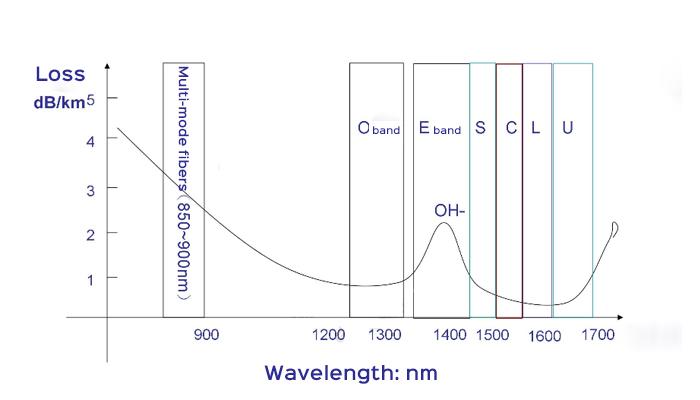
What is the L band?
The L-band (Long-wavelength Band, 1565-1625nm) is the second lowest-loss wavelength band and is often used when the C-band is insufficient to meet the bandwidth requirements. With the wide availability of b-doped fiber amplifiers (EDFAs), DWDM systems have expanded upward to the L-band and were initially used to expand the capacity of terrestrial DWDM optical networks. It has been introduced to submarine cable operators to do the same thing to expand the total capacity of submarine cables.
Due to its low transmission attenuation loss, C-band and L-band are usually selected to use in the DWDM system. Except for the O-band and L-band, there are two other bands, the 850nm band and the U band (ultra-long band: 1625-1675 nm). The 850nm band is the main wavelength of the multimode optical fiber communication system, which combines VCSEL (Vertical Cavity Surface Emitting Laser). The U frequency band is mainly used for network monitoring.
